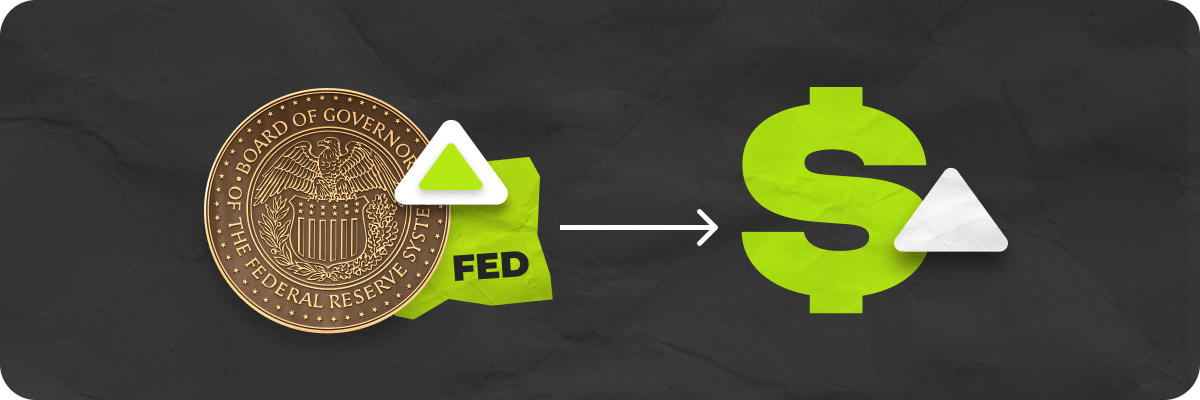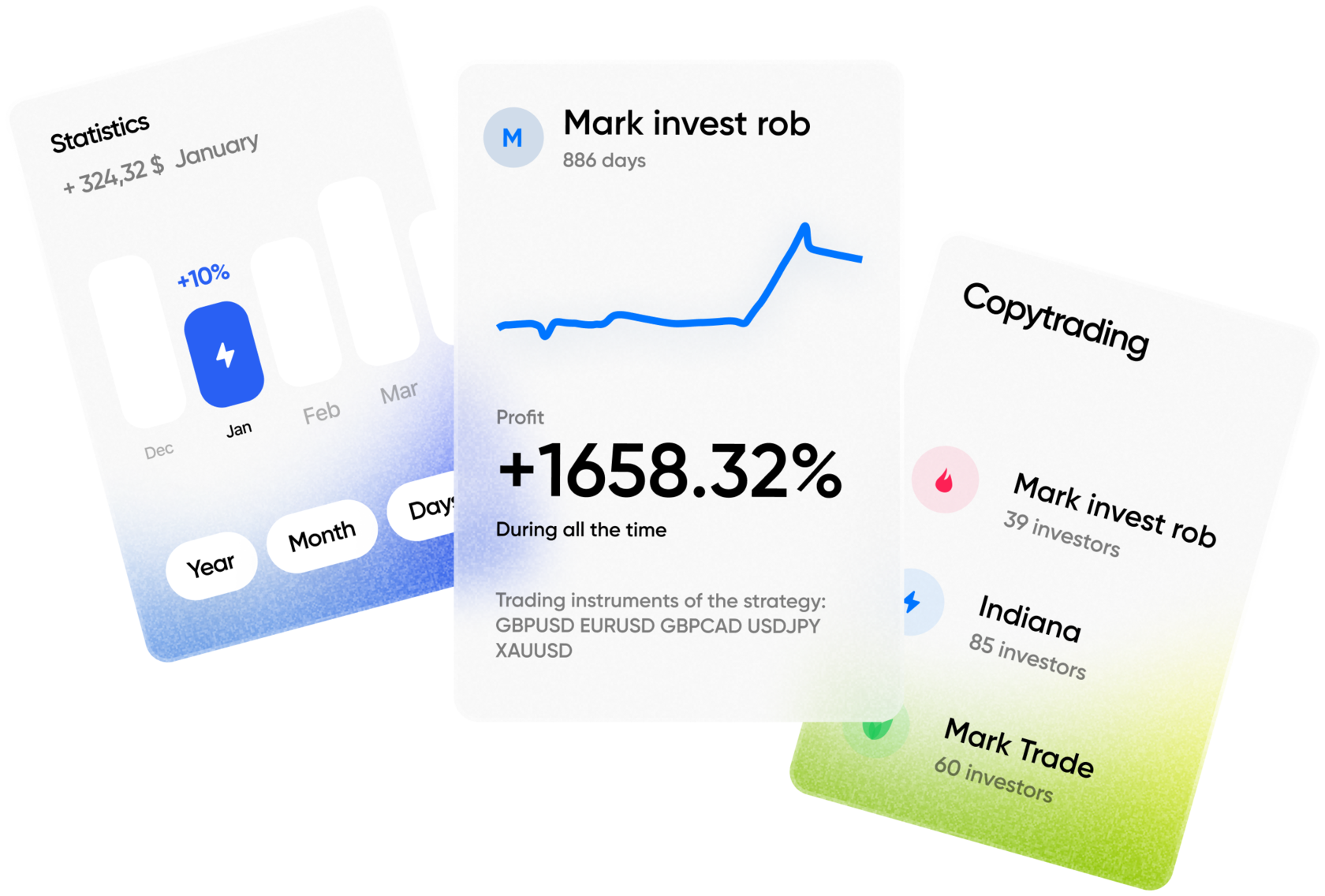If you’re new to forex trading, understanding the influence of central banks is a vital part of developing your trading strategy.
These institutions can move markets significantly by influencing the value of currencies worldwide.
In this guide, we’ll break down the role of central banks, how their actions shape currency prices, and why these actions matter for traders like you.
What Are Central Banks?
Central banks are governmental entities that oversee a country’s monetary system. Unlike commercial banks that focus on customers’ daily banking needs, central banks regulate the national economy.
Their main objectives include:
- Managing inflation levels
- Promoting stable economic growth
- Regulating the country’s banking system
- Setting and adjusting interest rates
Central banks have a profound impact on financial markets, especially in the forex world, because their decisions directly influence the value of a nation’s currency.
How Do Central Banks Shape the Forex Market?
Central banks manage currency values and monetary supply, which in turn affects exchange rates. The forex market is driven by currency fluctuations, and these fluctuations are often the result of the policies set by central banks.
A change in interest rates, for example, can send ripples throughout the global forex market.
Central banks use several tools to manage the economy and, in turn, affect currency values. Some of these tools include:
- Interest Rate Adjustments: The primary way central banks influence a country’s economy is through interest rates. By raising or lowering rates, they control the cost of borrowing. When rates rise, it becomes more expensive to borrow money, which can slow down spending and investment, potentially strengthening the currency. Conversely, cutting rates can stimulate economic activity by making borrowing cheaper, but it could weaken the currency.
- Monetary Policies (Quantitative Easing, etc.): Central banks can also engage in policies like quantitative easing (QE), where they inject money into the economy by purchasing government bonds. This action increases the money supply, which can cause the value of the currency to fall due to inflationary pressure.
- Open Market Operations (OMO): Central banks use OMOs to buy or sell government securities to either increase or decrease the money supply. This action can either weaken or strengthen a currency depending on whether money is being injected into or removed from the system.
Key Central Banks That Impact Forex Trading

Here are some of the most important central banks whose decisions heavily influence the forex market:
1. The U.S. Federal Reserve (Fed)
The Federal Reserve, often simply referred to as “the Fed,” plays a central role in shaping the U.S. dollar’s value.
Since the U.S. dollar is the world’s most traded currency, the Fed’s decisions have a ripple effect across global markets. Changes in U.S. interest rates, particularly, can lead to significant movements in the forex market.
Example: If the Fed raises rates, the U.S. dollar might appreciate as investors look for higher returns on their investments. If they lower rates, the dollar may weaken as returns become less attractive.
2. The European Central Bank (ECB)
The European Central Bank manages the euro, the second most traded currency in the world. The ECB’s actions, particularly its interest rate policies, have a major impact on currency markets, especially for traders dealing with the euro.
Example: If the ECB signals that it will keep interest rates low to stimulate economic growth, the euro may weaken. However, if the ECB raises rates, the euro could strengthen due to increased investor interest in euro-denominated assets.
3. The Bank of England (BoE)
The Bank of England is the central authority for the British pound (GBP). Like other central banks, its decisions regarding monetary policy directly affect the value of the pound.
Example: An interest rate hike by the BoE often leads to an increase in the pound’s value as investors move to take advantage of higher returns.
4. The Bank of Japan (BoJ)
The Bank of Japan controls the yen, a key currency in the forex market. The BoJ is known for its aggressive monetary policies, including implementing negative interest rates and other unconventional measures to stimulate economic growth.
Example: During times of financial uncertainty, the yen is often viewed as a safe haven currency, and its value may rise as investors seek stability.
5. The Reserve Bank of Australia (RBA)
The Reserve Bank of Australia manages the Australian dollar (AUD), which is influenced by the country’s export activities and interest rate policies.
Example: If the RBA raises interest rates, the AUD might gain strength as investors seek higher returns. Conversely, a rate cut might make the Australian dollar less attractive, leading to depreciation.
How Central Bank Decisions Affect Forex Traders
Central bank policies are critical for traders to understand because their decisions can create large movements in currency prices. Here are a few ways in which central banks’ actions influence forex markets:
- Interest Rate Decisions: Central banks adjust interest rates to either stimulate or cool down the economy. When a central bank hikes rates, it can lead to an appreciation in the national currency, as higher rates attract foreign investors looking for better returns. On the other hand, rate cuts tend to weaken the currency as lower rates make it less attractive for investors.
- Quantitative Easing (QE) and Bond Purchases: If a central bank buys bonds or engages in quantitative easing, it floods the economy with money. While this can stimulate growth, it often causes the national currency to depreciate, as more money in circulation typically weakens the value of the currency.
- Market Sentiment and Central Bank Tone: Traders are always on the lookout for hints on how central banks will act in the future. A hawkish tone (indicating an inclination to raise rates) usually leads to currency appreciation, while a dovish tone (indicating a preference for rate cuts) often results in depreciation.
- Crisis Management: In times of economic or financial crises, central banks may step in as the “lender of last resort,” providing liquidity to struggling financial institutions. These interventions can help stabilize markets but can also affect the currency’s value depending on the scale of the intervention.
The Ripple Effect of Central Bank Actions
It’s essential to note that central bank decisions don’t just affect the domestic economy—they also have a global impact.
Forex traders need to recognize how different currencies respond to changes in central bank policies worldwide. For instance, if the U.S. Federal Reserve raises rates while the ECB keeps rates steady, the U.S. dollar may rise against the euro.
Additionally, central bank actions can create market volatility, especially if traders misinterpret the central bank’s intentions. For this reason, watching central bank speeches, meetings, and official statements is crucial to forecasting potential currency movements.
The Bottom Line
For beginner forex traders, understanding the role of central banks in currency movements is vital for making informed decisions.
Central banks are the backbone of monetary policy, influencing everything from inflation rates to exchange rates. By staying updated on central bank actions and using their decisions to inform your trading strategies, you can better navigate the complexities of the forex market.
Central bank policies don’t just shape national economies—they also create opportunities for traders who can anticipate the effects of these decisions on currency values.
Keep an eye on interest rate decisions, monetary policies, and market sentiment to gain an edge in the competitive world of forex trading.







